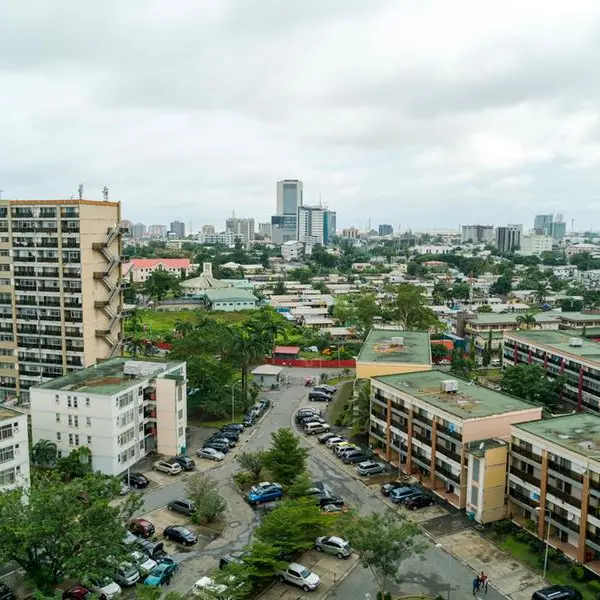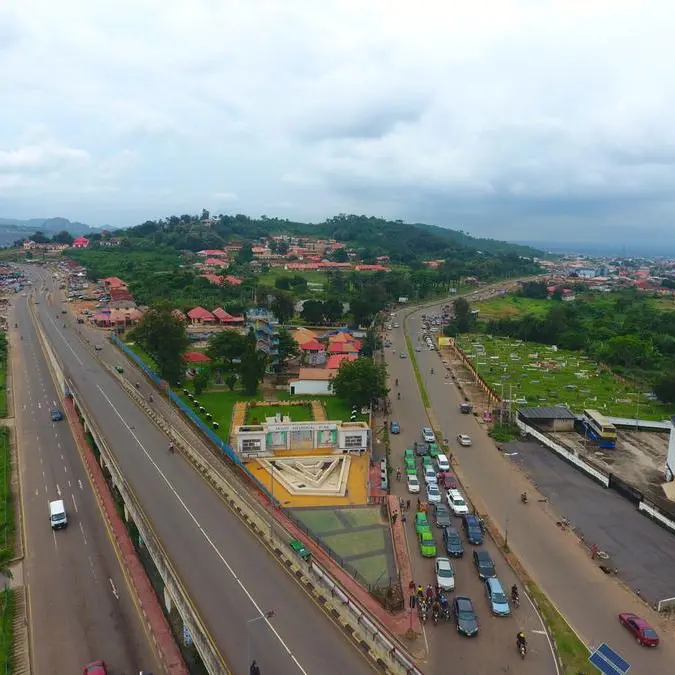PHOTO
Landlords should be looking forward to the start of interest-rate decreases as much as homeowners are, says Denese Zaslansky, chair of the First Realty group, which recently launched an in-house rental property management division.
“This may seem counter-intuitive, since declining interest rates have often prompted tenants to switch from renting to buying and made it more difficult for landlords to raise rentals or fill vacancies. But what we foresee is that even when the Reserve Bank does start cutting rates, there will be no sudden slump in rental demand or simultaneous spike in first-time homebuying for at least the next year to 18 months.
“What we expect instead is a slow-but-steady increase in the financial health of tenants, a concomitant decrease in rental defaults, and rental growth rates that could quite possibly start to sustainably exceed inflation.”
There are two main reasons for this, she says, the first being that the Reserve Bank will most likely proceed with caution and cut rates by only 0,25 or 0,50 percentage points at a time, given the ongoing difficulties of bringing inflation under control globally as well as in SA.
“Indeed, the Bank of International Settlements has warned central banks to be cautious about cutting rates too soon or too much, noting that sudden commodity-price increases due to geopolitical tensions could easily re-ignite inflation worldwide.
“This danger also applies to SA, especially with regard to fuel prices and despite the stronger performance of the rand since the formation of the Government of National Unity. It is also notable that while the Canadian and EU central banks have both introduced small rate cuts in recent weeks, those in the UK, the US and other developed countries have continued to hold off – with the US Federal Reserve only recently indicating that it would make more than one rate cut this year.”
Delayed homebuying recovery
Secondly, says Zaslansky, it is going to take most tenants a long time to recover enough from the effects of high inflation and the high interest rates of the past two years to become potential homebuyers.
“We all remember the huge surge of first-time homebuying in 2020 and 2021 after the prime interest rate was lowered to 7% - but it’s important to note that the inflation rate at that time was just over 3% and had been on the decline for two years, which meant that many tenants were in a really good position financially to take advantage of the lower interest rates – and the lower ‘pandemic’ property prices.
“But by the end of 2021, the inflation rate had literally doubled, and by mid-2022 it had almost tripled. This is what forced the Reserve Bank to start raising interest rates and meant that consumers were not only faced with higher prices for all goods and services but also with much higher monthly debt repayments. The overall effect was that tenants suddenly had much less financial capacity to become homeowners.
“This is reflected in the fact that the percentage of first-time homebuyers has fallen from between 60% and 70% of the total in 2020/21 to between 30% and 40% currently – and we do not believe this situation is going to change substantially until the prime interest rate gets closer to 10%, which we estimate will only be towards the end of next year.”
Rental market resilience
Indeed, she notes, the demand for rental properties is still increasing and vacancies are still declining. “Figures from StatsSA show that around 24% of SA’s 18,5m households now live in rented homes, compared to 22,5% in 2022.
And the latest TPN Vacancy Survey shows that the average vacancy rate in the first quarter of this year was 4,42%, down from 8,82% at the start of 2022 (when interest rates started to rise), and from 13,31% at the start of 2021 (when first-time homebuying was at its peak).
“Meanwhile, the latest PayProp Rental Index reveals that the pressure on rental growth is easing up, with tenants possibly doing a little better financially as inflation living slowly declines and salary increases enable them to pay off more of their debt. According to the index, the national average rental growth rate in Q2 was 4,9%, up from 3.8% in the previous quarter, and the highest since Q4 2017.”
However, tenants earning below R40,000 a month, who make up around 60% of the market, are still spending more than 50% of their take-home-pay on debt repayments and are not likely to be able to afford to become buyers in the near future. Those in the higher income brackets spend between 29% and 40% on debt repayments and could possibly qualify to buy more quickly – provided they do not have impaired credit records, Zaslansky says.
“Meanwhile, the PayProp stats show that the percentage of tenants in arrears fell from 18,3% in Q1 to 18,1% in Q2, and that the average arrears percentage fell from 77,5% to 76,8% over the same time period.
"Our expectation for landlords is that this pattern will continue in the coming months, creating more room for market-related rental increases as the financial health of tenants recovers.
“In short, interest-rates cuts will mean better days for landlords, although they will of course need the help of professional managing agents to maximise their returns by ensuring that they rent only to tenants with excellent credit and payment records, and that their rental properties are efficiently managed, maintained and improved to meet the demands of modern lifestyles.”
All rights reserved. © 2022. Bizcommunity.com Provided by SyndiGate Media Inc. (Syndigate.info).























